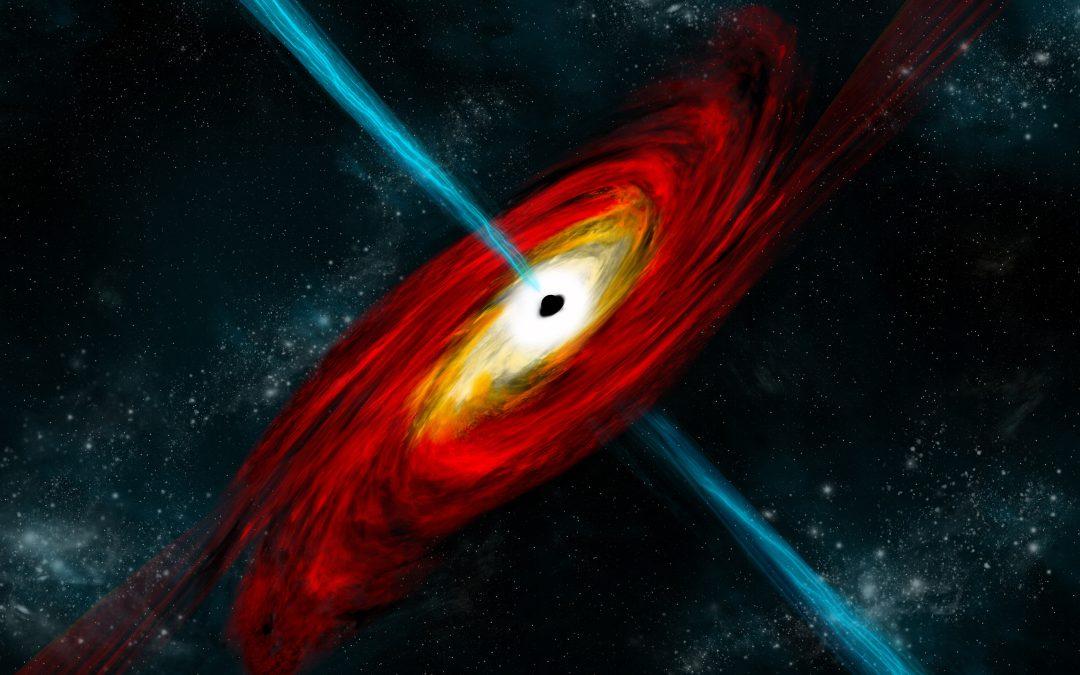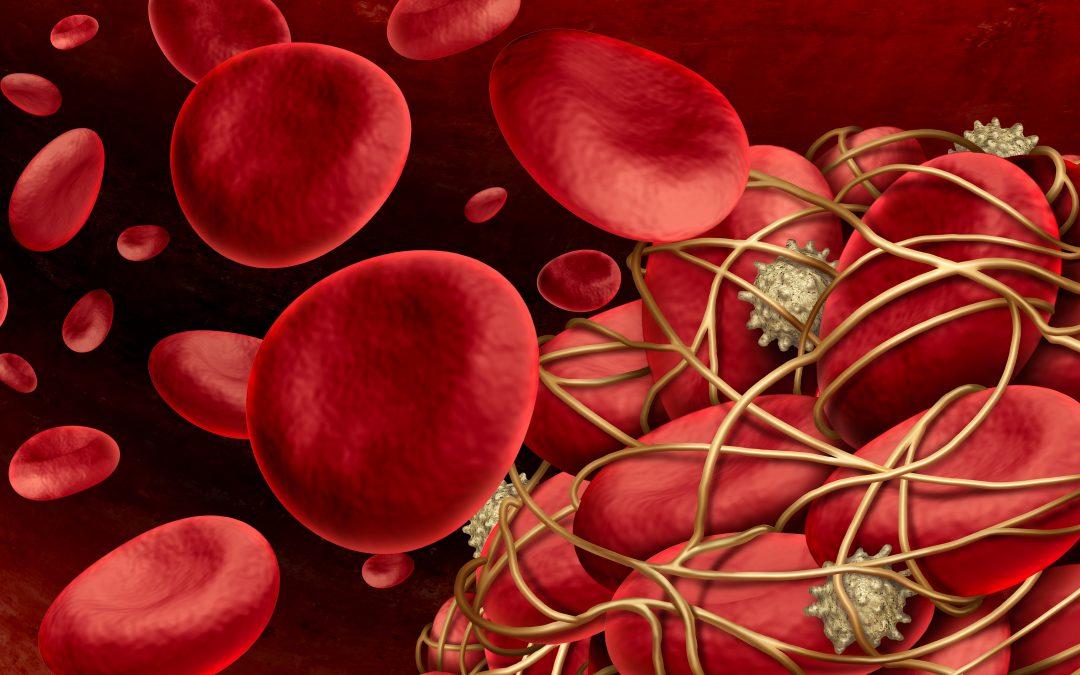
by Ken Chiacchia | Jul 31, 2024 | Anton, Anton 2, Research, Science Highlights
Scientists used the second-generation DESRES Anton supercomputer hosted at PSC to show how a critical protein for furture gene therapy pauses before completing its cutting of a target DNA. Credit: Aakash Saha Understanding Unexpected Motion of Protein Will Be Crucial...

by Ken Chiacchia | Jul 17, 2024 | Bridges-2, Science Highlights
Adobe Stock https://www.psc.edu/wp-content/uploads/2024/05/AdobeStock_94796347.jpeg Sims Will Allow Future Telescopes to Identify What Kinds of Jets Emerge as Super Massive Black Holes Eat Matter from Their Surrounding Galaxies Active galactic nuclei (AGNs) are...

by Ken Chiacchia | Jul 3, 2024 | Bridges-2, Research, Science Highlights
By Kimberly Mann Bruch, SDSC Communications, and Ken Chiacchia, PSC Virtual Dolphin Head Shows How Sound Moves through the Skull, Suggesting How Sounds May Offer Directional Cues for Navigation and Detection Whales navigate, find food, and communicate over vast...

by Ken Chiacchia | Jun 3, 2024 | Anton 2, Research, Science Highlights
This image shows the complexity of simulating the functional movements of the voltage-sensitive phosphatase’s motions. Anton 2 enables scientists to reproduce the movements of the protein’s components, as well as the lipids (grey, with the headgroups colored), water...

by Ken Chiacchia | May 24, 2024 | AI, Bridges-2, Science Highlights
A prompt for Mexican dancers from an AI image generator produced the strange ballerinas at left; a new CMU-designed filter makes the image more appropriate and realistic, right. Image credit: Zhixuan Liu, Jean Oh, et al. 2024. SCoFT: Self-Contrastive Fine-Tuning for...

by Ken Chiacchia | May 2, 2024 | Bridges-2, Science Highlights
Developing blood clot, with fibrin “cables” (yellow), being pulled together by platelets (off-white). Clots that trap more red blood cells (red) may not contract as effectively, slowing healing. Adobe Stock image: 240_F_453411695_2N2Jddctb1vWwqowio9hVtKoNrZ76X65.jpg...







